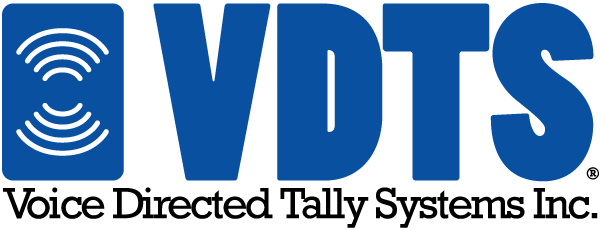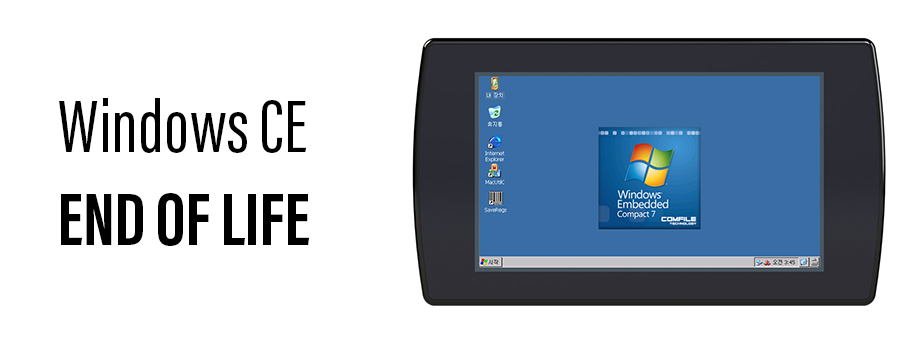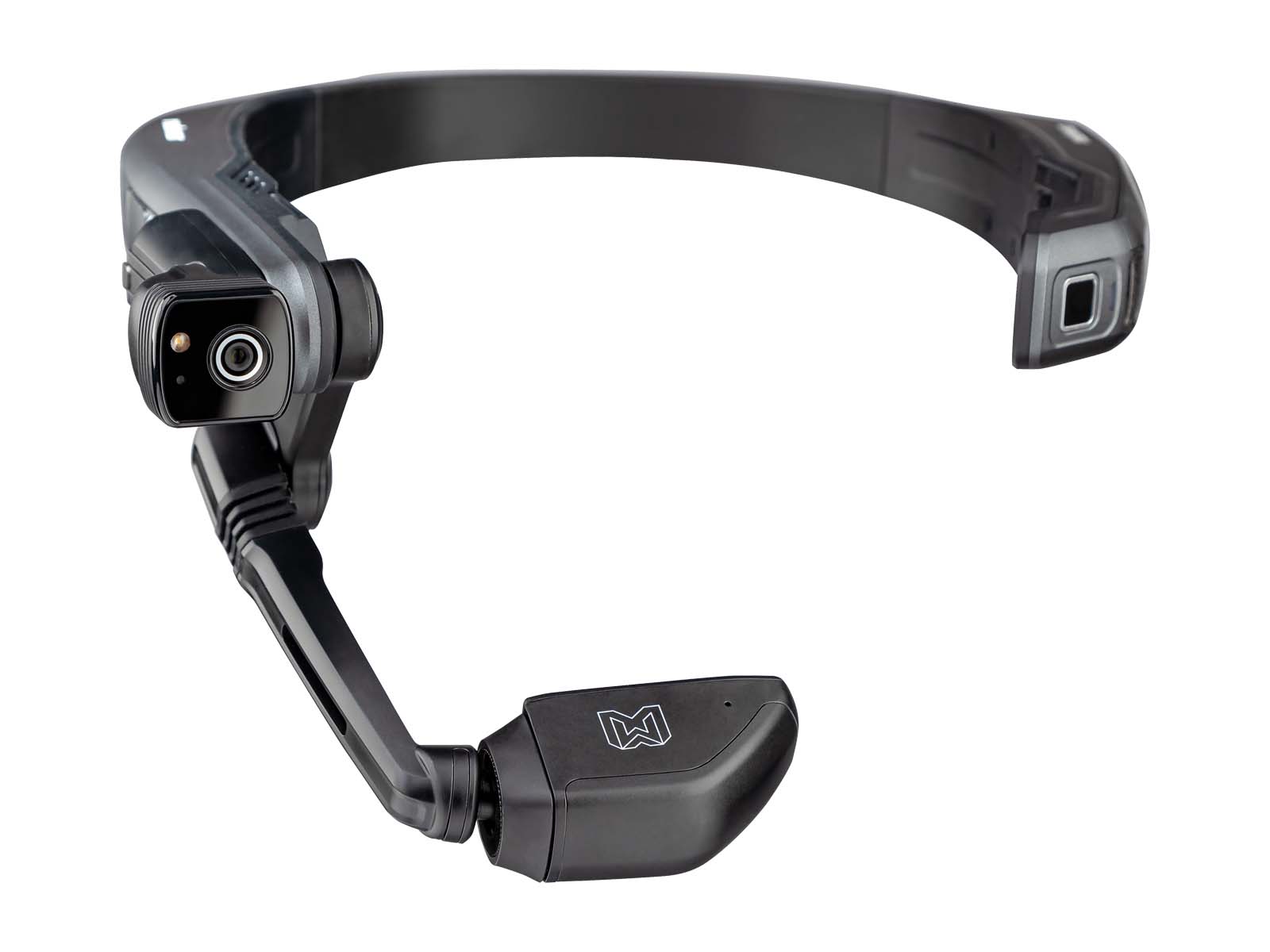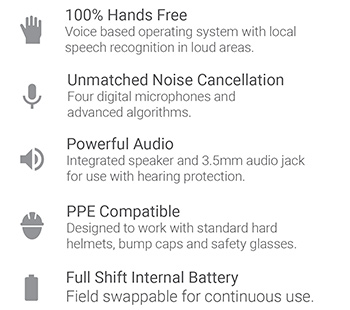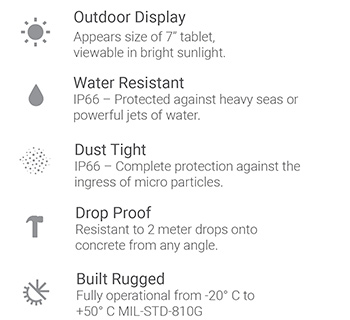In the ever-evolving landscape of technology, change is the only constant. Windows CE, a stalwart in the realm of embedded and IoT (Internet of Things) applications, has reached its end of life. This marks the end of an era, and for users and developers, it’s time to consider a suitable replacement. In this post, we explore the implications of Windows CE’s end of life and the case for migrating to Android.
Understanding Windows CE End of Life
Windows CE has had a long and fruitful journey, but every software platform has a lifecycle. When we talk about the end of life for Windows CE, we’re essentially saying that Microsoft is no longer providing updates, support, or security patches. This leaves users exposed to potential vulnerabilities and limitations as technology marches forward.
The Case for Migrating to Android
Android, the world’s most popular operating system, offers a compelling alternative for embedded and IoT applications. Here are some reasons to consider Android:
- Robust Ecosystem: Android has a vast and dynamic ecosystem with a large developer community. This means ample resources, apps, and tools to support your projects.
- Hardware Flexibility: Android is adaptable to a wide range of hardware platforms, making it suitable for various device types and configurations.
Assessing Your Migration Needs
Before embarking on a migration journey, you should assess your specific project requirements. Consider:
- The key features and functionalities your application needs.
- Hardware compatibility and any potential constraints.
Planning the Migration
Migration should be well-planned. Here are some steps to consider:
- Create a Migration Plan: Develop a clear plan and timeline for your migration project.
- Set Goals: Define project goals and milestones to track progress.
- Budget and Resources: Allocate resources and budget for the migration.
Developing and Testing on Android
Once you’ve planned the migration, it’s time to get your hands dirty with Android development. Porting existing Windows CE applications to Android may require some adaptation, but the vast resources available for Android development make the process smoother. Rigorous testing and quality assurance are crucial to ensure a seamless transition.
Addressing Challenges and Pitfalls
Migrating from Windows CE to Android may present some challenges. Common challenges include compatibility issues, different programming languages, and hardware constraints. To address these, consider:
- Strategies for overcoming potential roadblocks.
- Tips for a smooth transition.
Security and Long-Term Support
Android provides robust security features, and you can keep your devices updated with the latest security patches. Explore options for long-term support and updates to ensure the longevity of your IoT projects.
Case Studies
Real-world examples of successful migrations can be inspiring. These case studies highlight the benefits and outcomes of choosing Android as a replacement for Windows CE.
Conclusion
In conclusion, as Windows CE reaches its end of life, the need for migration becomes apparent. Android stands out as a compelling and adaptable platform for embedded and IoT applications. It offers a rich ecosystem, hardware flexibility, and robust security. It’s time to embrace the future of technology by migrating to Android and ensuring the continued success of your projects.
Additional Resources
For more information on migration tools, documentation, or services, explore the following resources:
Author Bio and Contact Information
VDTS provides next generation technology using vision with voice to increase workers efficiency. See what you say – in real time – with our hands free eyes forward voice driven system. Visual and audible feedback provides you with increased safety and full situational awareness with no voice training required. Contact us today for on online demonstration.
For questions or further assistance, feel free to contact the author:
- VDTS Migration Form: Click Here
- Author’s LinkedIn Profile: Dave Ginther
We hope this post has shed light on the implications of Windows CE’s end of life and provided valuable insights into the migration process. Embrace the change, VDTS can assist in the migration to Android, and keep your embedded and IoT projects thriving in the ever-evolving world of technology.
